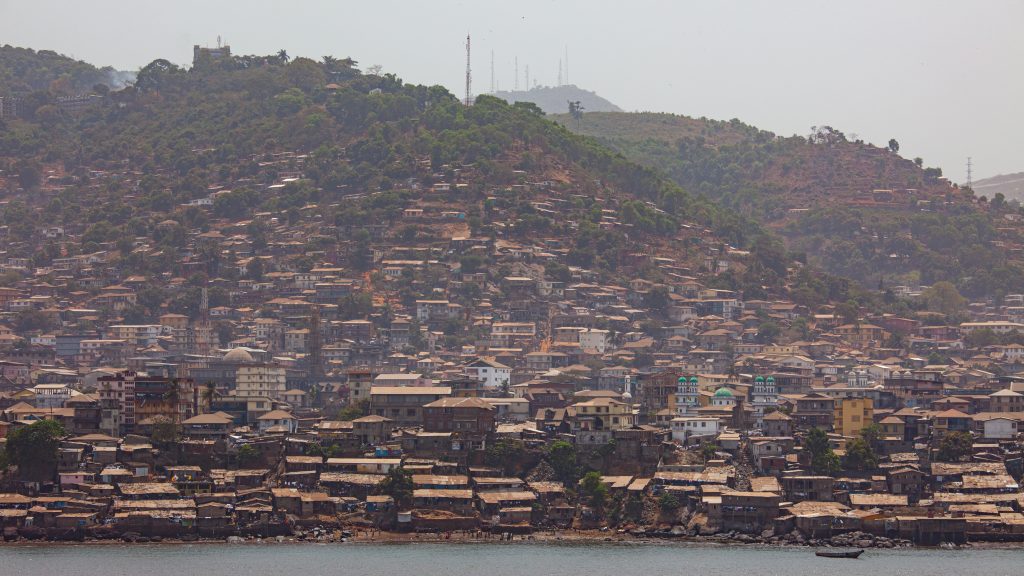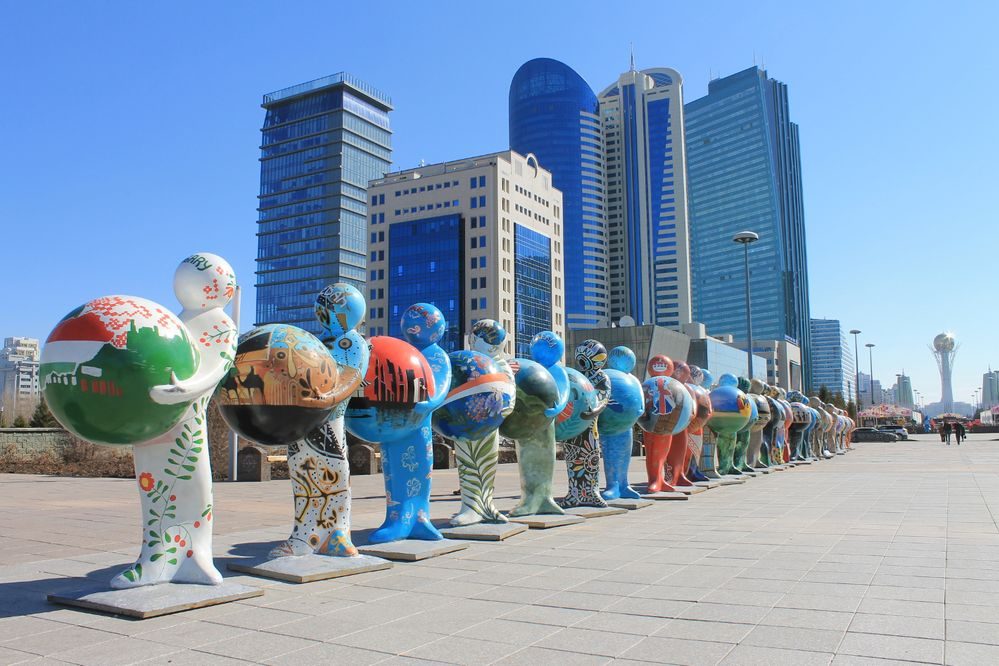Introduction

You are an eleven-year-old girl living with your mother, grandmother and four younger siblings in Freetown, the capital of Sierra Leone. Both the Atlantic Ocean and the city centre are just a short walk away from your home through your bustling neighbourhood, and you can catch a glimpse of the largest natural harbour of the African continent from your home.
You might have been led to believe that you live in a luxurious coastal community but in fact, you live in a two-room shack with a dirt floor and a bucket to collect the water pouring through a hole in the roof during the long rainy season. There is no garbage collection or sanitation, and the water that you help your mother fetch from the only water tap in your neighbourhood is so contaminated that you are sick most of the time. Many days you feel dizzy and tired because there is not enough food for you and your siblings.
It has not always been like that. Your father had a good job that supported the family and you lived in a nice house on the rolling hills of Freetown. But he died in the Ebola crisis a few years ago and after his death, your family had to move to this shantytown to make ends meet. Your hopes to keep going to school after you complete your primary education in a few months have vanished as your mother needs your help to support the family.
You may not realize it, but you are not alone. In 2015, 9.2% of the global population or 744 million people lived below the international poverty line of $1.90 a day. Prior to the pandemic, the World Bank had projected a fall in that number to 635 million in 2020 and 613 million in 2021 but the actual numbers were 732 million and 711 million, respectively. According to the World Bank, the COVID-19 pandemic compounded by the effects of conflict and climate change reversed a 20-year downward trend in global poverty rates. Global poverty is concentrated geographically with almost half of the poor living in just five countries in Sub-Saharan Africa: Nigeria, DR Congo, Tanzania, Ethiopia, and Madagascar. The demography of these countries is such that four out of five people live in rural areas, half of the poor being children, and women representing the majority of the poor in most regions.

In this module, we will examine the underpinnings of economic prosperity. Why are some countries richer than others? How large are the gaps in economic prosperity across countries? Are these gaps narrowing or widening over time? We will start by thinking about human well-being and how our measures of economic prosperity relate to things that we value such as poverty reduction and education. Then, we will revisit the underpinnings of economic well-being that you are familiar with from your introductory macroeconomics course. We will conclude by examining the long-term role of insurance in fostering economic prosperity in developing countries, and how this can be used to support low-income individuals – like the family of the girl in our example – to weather downturns in fortune.
“Averages are no consolation to those who have been left behind.”
Angus Deaton
2015 Nobel Prize in Economic Sciences

